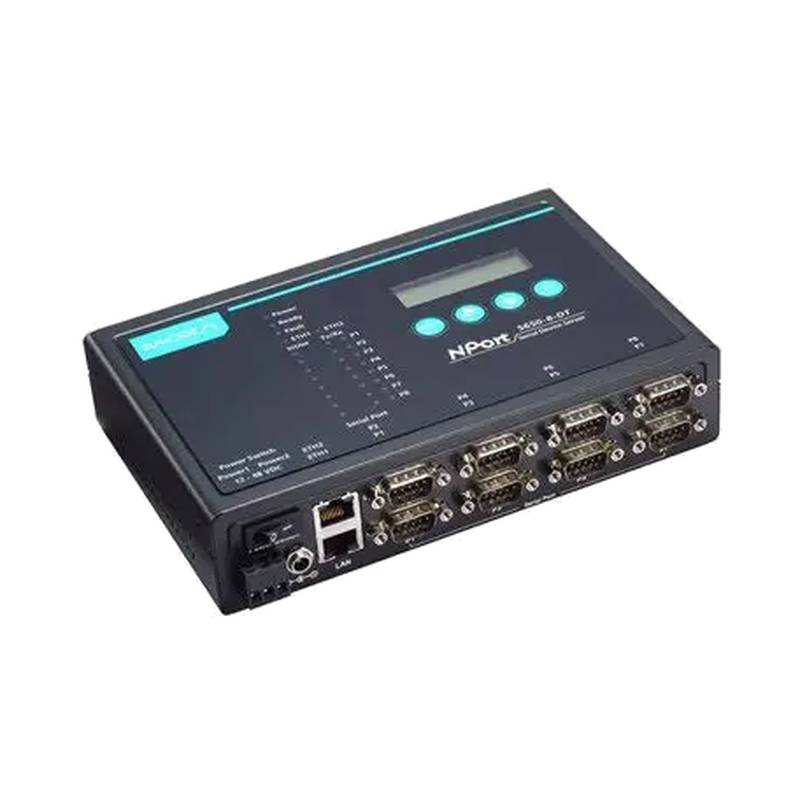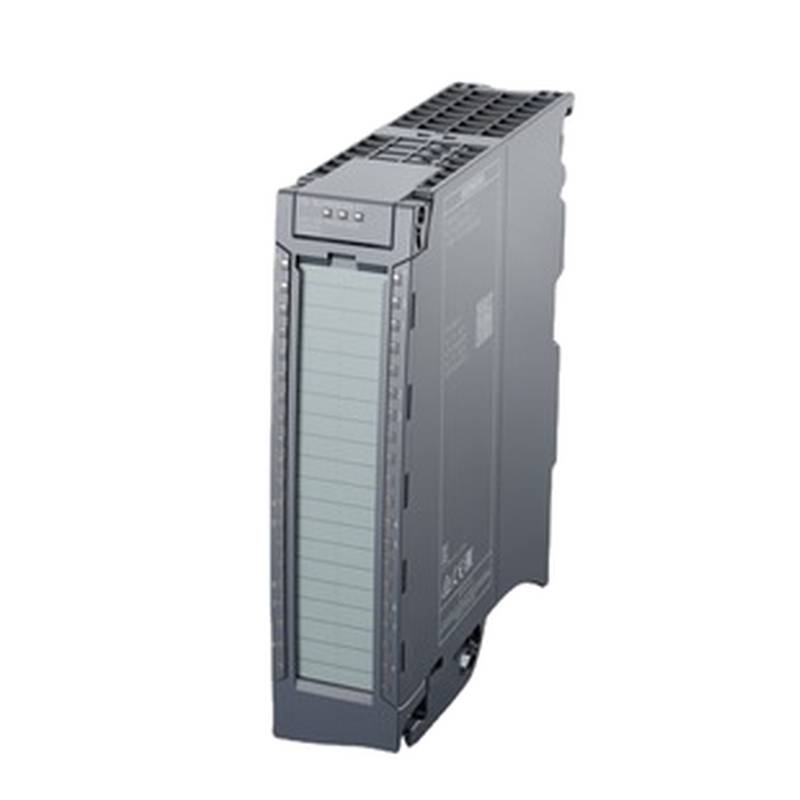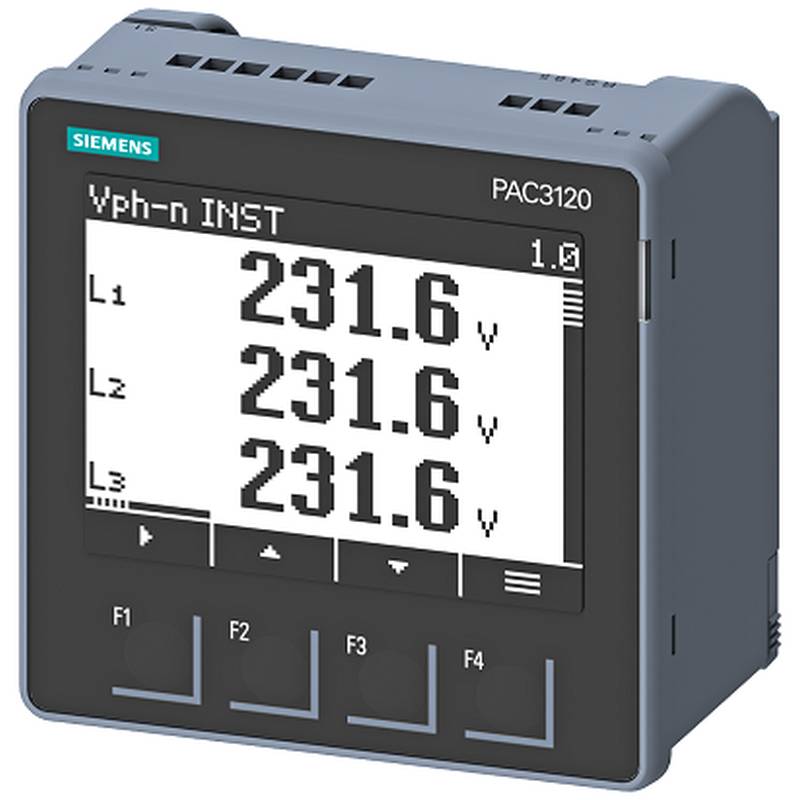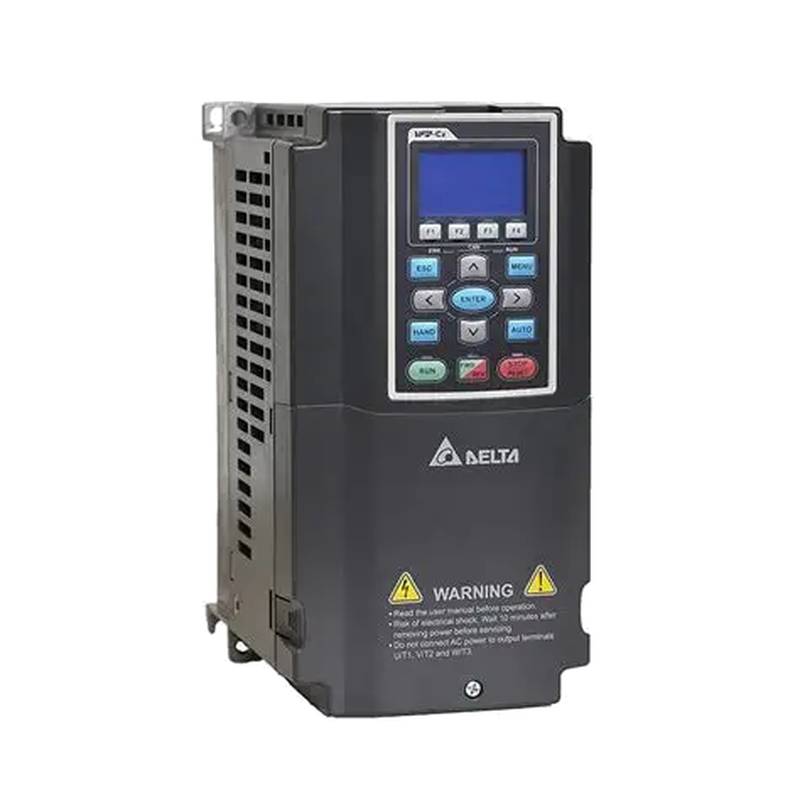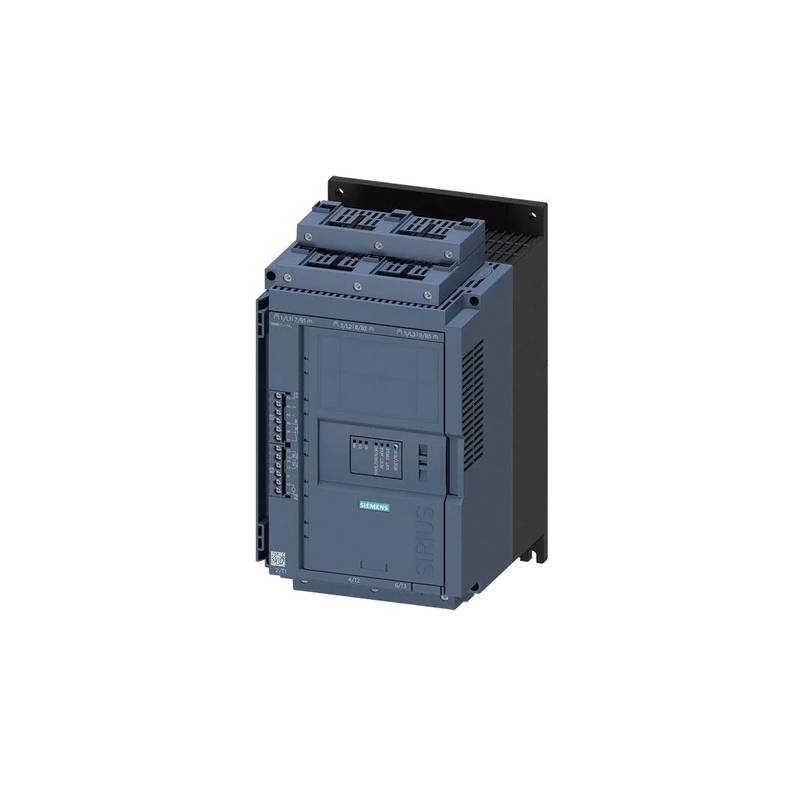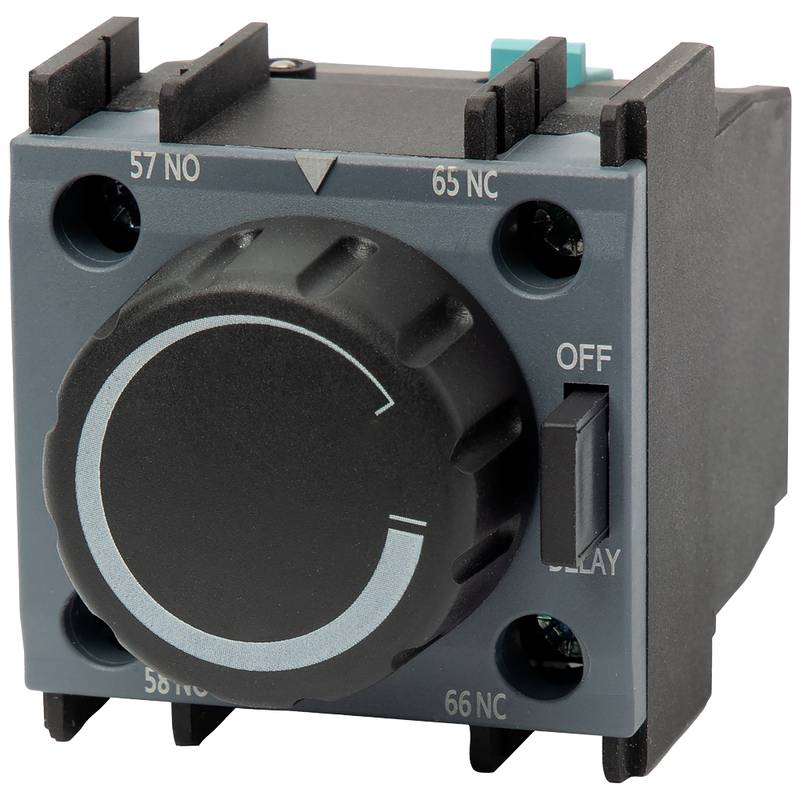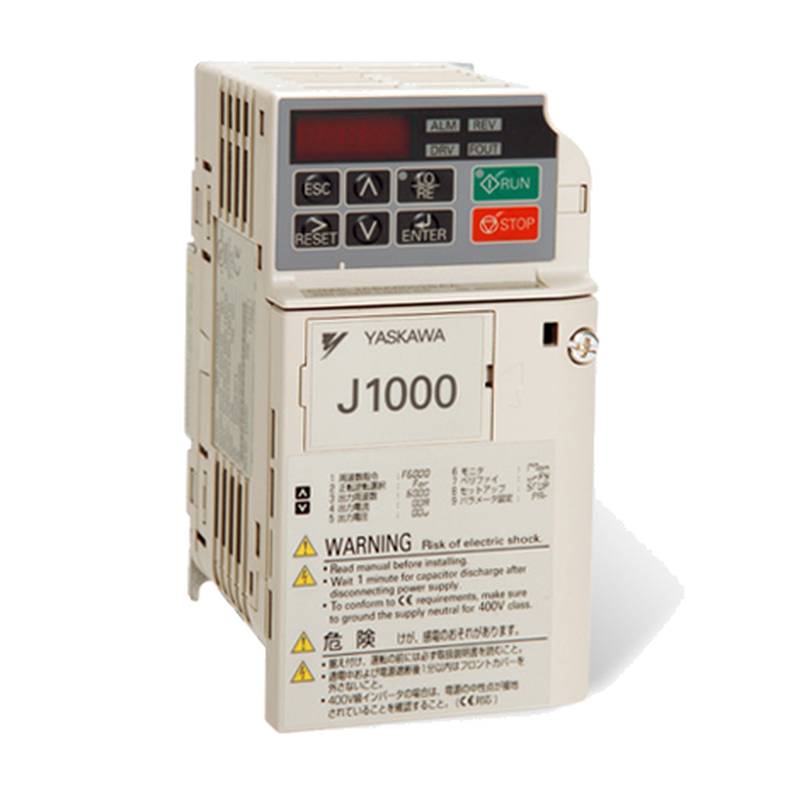
Unlocking Seamless Serial-to-Ethernet Connectivity: The Moxa NPort 5650I-8-DT
The Moxa NPort 5650I-8-DT stands as a robust and highly versatile serial device server engineered to bridge the gap between legacy serial devices and modern Ethernet networks. This industrial-grade solution offers an immediate pathway to integrate up to eight serial devices into an IP-based infrastructure, streamlining operations and enhancing manageability. Its core advantages lie in its compact, space-saving desktop design, straightforward configuration via an LCD panel, and comprehensive connectivity options that support RS-232, RS-422, and RS-485 standards. Key technical parameters include 8 serial ports with DB9 connectors, two 10/100M auto-sensing Ethernet ports, and a wide input voltage range of 12-48 VDC, ensuring broad compatibility and operational flexibility. For environments demanding enhanced reliability, the "I" in its designation signifies 2 kV isolation protection, safeguarding sensitive equipment from electrical disturbances.
Product Specifications
| Feature | Specification |
| :---------------------- | :-------------------------------------------------------------------------------------------------------- |
| Serial Ports | 8, RS-232/422/485 (DB9 male connectors) |
| Ethernet Ports | 2 x 10/100M auto-sensing Ethernet ports (RJ45) |
| Isolation Protection | 2 kV (for "I" models) |
| Input Voltage | 12 to 48 VDC |
| Operating Temperature | 0 to 55°C (32 to 131°F) (Wide temperature models available: -40 to 75°C) |
| Baud Rate Support | Up to 921.6 kbps |
| Power Input Options | Terminal block and power jack |
| Management Protocols | SNMP MIB-II, Telnet, Web Browser, Windows Utility |
| Dimensions | 197 x 44 x 125 mm (without ears) |
| Weight | 1,660 g (3.66 lb) |
| Housing Material | Metal |
Core Features & Market Positioning
The Moxa NPort 5650I-8-DT differentiates itself in the competitive serial device server market through several key features. Its inclusion of 2 kV isolation on serial ports is a significant advantage for industrial applications where electrical noise and surges are prevalent, offering a critical layer of protection for connected devices and the network itself. The dual Ethernet ports are a practical innovation, enabling cascade wiring that reduces the need for external network switches and simplifies cabling infrastructure. Furthermore, the integrated LCD panel simplifies IP address configuration and status monitoring, a user-friendly feature that expedites deployment and troubleshooting in the field. Compared to rackmount solutions, its compact desktop form factor makes it an ideal choice for environments where space is at a premium or dedicated mounting rails are unavailable. This combination of ruggedness, ease of use, and advanced features positions the NPort 5650I-8-DT as a reliable, high-value solution for demanding industrial networking tasks.
Key Application Scenarios
The NPort 5650I-8-DT is exceptionally well-suited for a wide array of industrial automation and control applications. In factory automation, it seamlessly integrates programmable logic controllers (PLCs), sensors, actuators, and human-machine interfaces (HMIs) into a unified Ethernet network, enabling centralized monitoring and control of production lines. For building automation systems, it facilitates the networking of HVAC controls, lighting systems, and security access points, allowing for efficient remote management and energy optimization. In the transportation sector, it can be deployed to connect traffic control equipment, signage systems, and fare collection terminals, ensuring reliable data flow for critical infrastructure. Its suitability for environments requiring robust connectivity is further highlighted by its use in process control industries, such as water treatment plants or chemical processing facilities, where reliable data acquisition from remote serial instrumentation is paramount. The device's ability to handle multiple serial protocols (RS-232/422/485) also makes it invaluable for legacy system modernization, allowing older equipment to communicate over modern IP networks without requiring a complete overhaul.
Practical System Integration Guidance
Integrating the Moxa NPort 5650I-8-DT into an existing network is designed for efficiency. Hardware installation typically involves placing the unit on a desktop or utilizing optional DIN-rail or wall-mount kits for flexible mounting. Power can be supplied via the terminal block or a power jack, supporting a wide input voltage range (12-48 VDC) with reverse polarity protection for added resilience. Connecting to the network is achieved via the two RJ45 Ethernet ports, which can be used for cascading or connecting to a switch or PC. Initial configuration is simplified by the LCD panel, allowing for direct IP address assignment without needing to connect to a configuration utility immediately. Alternatively, users can employ the Moxa Device Search Utility, Telnet, or a web browser to access the NPort's interface for comprehensive setup. For serial device connections, ensure the correct RS-232, RS-422, or RS-485 cabling is used, paying attention to the DB9 pinouts. For RS-485 configurations, the adjustable pull-high/low resistors and terminator settings, configurable via DIP switches, are critical for signal integrity in noisy environments. When operating in Real COM mode, installing the appropriate Moxa drivers on the host PC is necessary to create virtual COM ports.
Operation and Risk Mitigation
Operating the NPort 5650I-8-DT involves configuring its network and serial port settings to match the connected devices and network environment. The device supports various socket modes, including TCP Server, TCP Client, UDP, and Real COM, providing flexibility for different communication protocols. Security is addressed through support for protocols like HTTPS and SNMPv3, although for basic operations, standard Telnet and web interfaces are commonly used. Risk mitigation is primarily handled through its industrial design and specific features. The 2 kV isolation protection significantly reduces the risk of damage from electrical transients. The wide operating temperature range for certain models (-40 to 75°C) ensures reliability in harsh conditions where standard equipment might fail. Troubleshooting is aided by comprehensive LED indicators for power, network activity, and serial port status, which can help quickly diagnose connectivity issues. A built-in watchdog timer (WDT) enhances operational stability by automatically resetting the device if it encounters a software hang.
Scalability & Long-Term Value
The Moxa NPort 5650I-8-DT offers substantial long-term value through its inherent scalability and compatibility. Its ability to connect eight serial devices means that a single unit can consolidate multiple data streams, reducing hardware footprint and management complexity. This directly supports the growth of IIoT (Industrial Internet of Things) initiatives by providing a reliable gateway for legacy serial data to be integrated into cloud platforms or central SCADA systems. The NPort series is known for its robust driver support across various operating systems, including Windows and Linux, ensuring compatibility with existing and future control systems. For organizations looking to expand their networked serial device capacity, the NPort 5600 series offers a clear upgrade path, with various models available to suit different port counts and environmental requirements. This commitment to backward compatibility and broad OS support protects investment and simplifies future system expansions.
---
Frequently Asked Questions (FAQs)
1. What are the primary advantages of using the Moxa NPort 5650I-8-DT?
The Moxa NPort 5650I-8-DT offers significant advantages, including the ability to network up to eight serial devices. Its industrial-grade 2 kV isolation protects against electrical surges. The compact desktop design saves valuable space in control cabinets or on workstations. It provides flexible RS-232/422/485 serial interface support for diverse equipment.
2. How do I configure the network settings for the NPort 5650I-8-DT?
Network configuration is simplified via the built-in LCD panel for quick IP address setup. You can also use the Moxa Device Search Utility, Telnet, or a web browser for more in-depth settings. It supports DHCP and static IP addressing for flexible network integration.
3. Can the NPort 5650I-8-DT connect to both old and new serial devices?
Yes, the NPort 5650I-8-DT supports RS-232, RS-422, and RS-485 serial standards. This broad compatibility ensures it can interface with a wide range of legacy serial equipment. It effectively bridges these older devices to modern Ethernet networks for data transmission.
4. What power input options are available for the NPort 5650I-8-DT?
The device offers versatile power input options, including a terminal block for direct DC power sources and a standard power jack for adapters. It supports a wide DC input voltage range from 12 to 48 VDC. Reverse polarity protection is also included for enhanced operational safety.
5. How does the NPort 5650I-8-DT handle RS-485 communication in challenging environments?
For RS-485, it features user-selectable 1KΩ and 150KΩ pull-high/low resistors. It also includes a 120Ω terminator, both configurable via DIP switches. These features help prevent signal reflection and corruption in noisy industrial settings.
6. What operating temperature range does the NPort 5650I-8-DT support?
The standard NPort 5650I-8-DT operates within a 0 to 55°C temperature range. However, specific "-T" models are available that support a wider industrial temperature range from -40 to 75°C, ideal for extreme environments.
7. What are the benefits of the dual Ethernet ports on this device server?
The dual Ethernet ports enable convenient cascade wiring, reducing the need for additional network switches. This simplifies network cabling and lowers installation costs significantly. It allows you to connect one port to your network and the other to another Ethernet device.
8. Is the Moxa NPort 5650I-8-DT suitable for IIoT applications?
Absolutely, the NPort 5650I-8-DT is an excellent component for IIoT. It provides a critical gateway for integrating serial data from industrial machinery into cloud-based platforms or SCADA systems. This facilitates remote monitoring, data analytics, and predictive maintenance.
9. What security features does the NPort 5650I-8-DT offer?
While primarily focused on serial-to-Ethernet conversion, it supports security protocols like HTTPS and SNMPv3 for management access. The 2 kV isolation is a key safety feature, protecting against electrical hazards. Users can implement network-level security measures for enhanced data protection.
10. How does the NPort 5650I-8-DT improve system management?
It centralizes management by consolidating multiple serial devices onto a single Ethernet network. This allows for remote configuration, monitoring, and diagnostics, reducing the need for on-site maintenance visits. The device's status LEDs also aid in quick troubleshooting and operational oversight.














